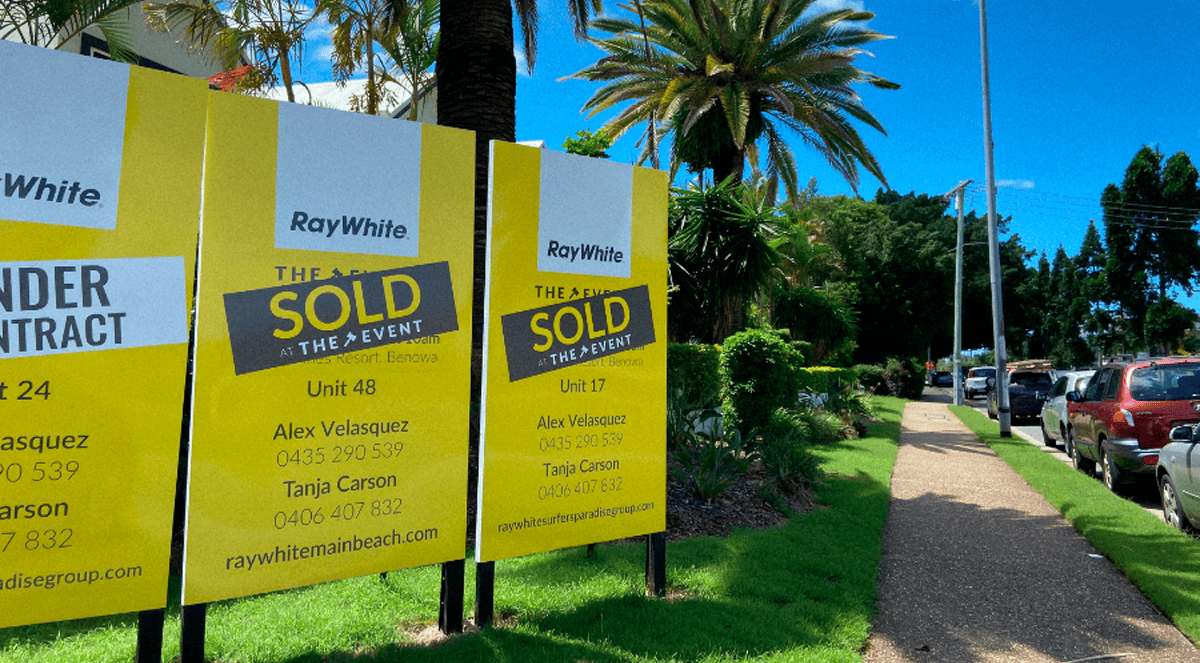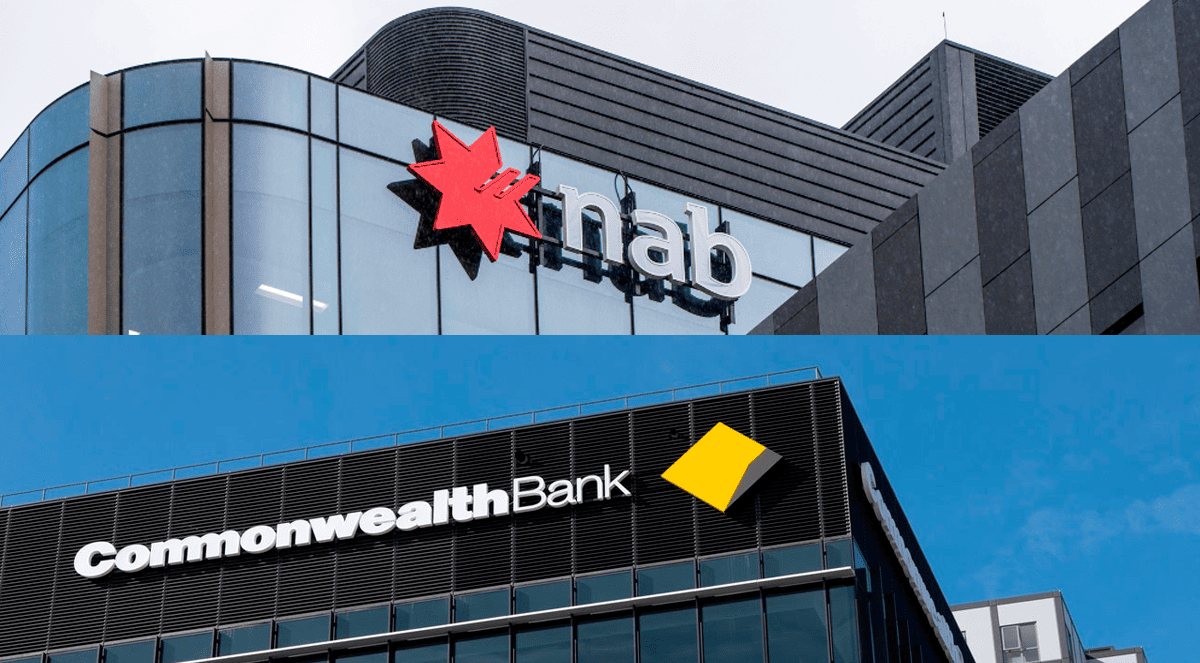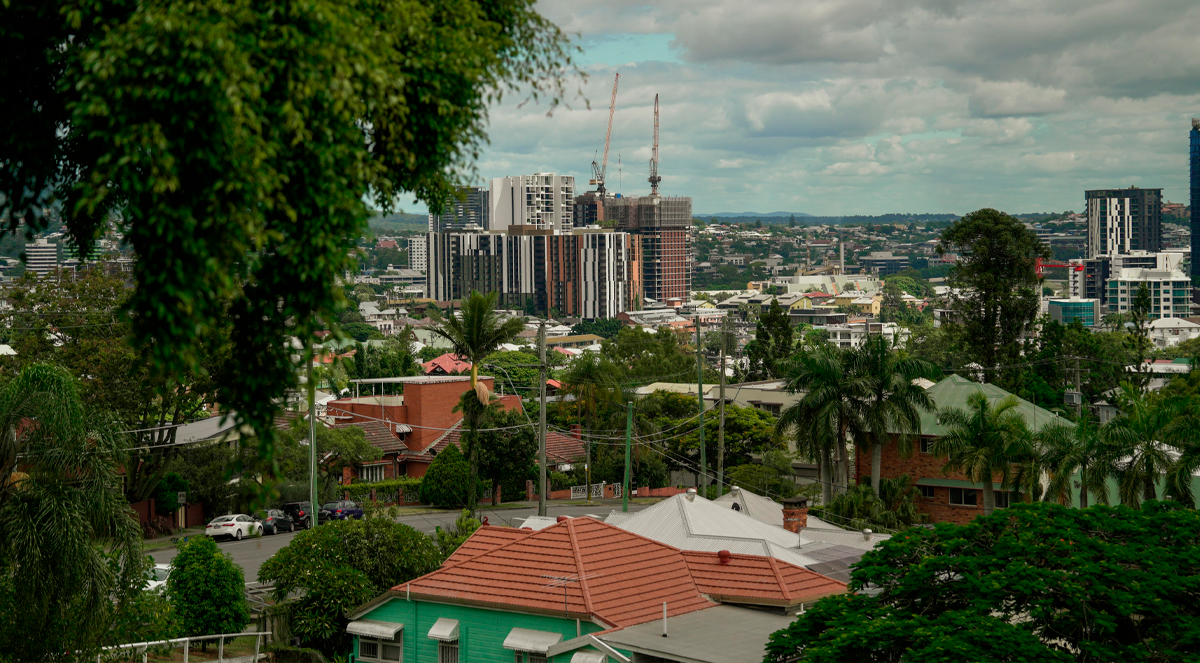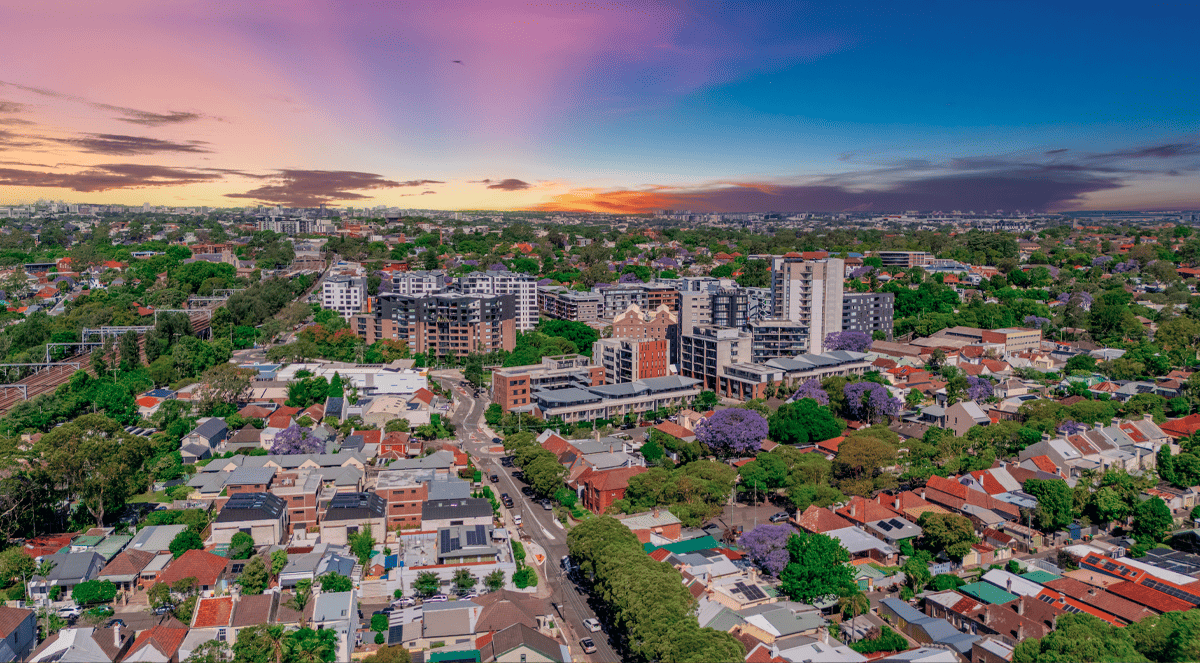.png)
Image by Natalie Boog/AFR
KEY POINTS
- The banking regulator APRA will retain its 3% mortgage serviceability buffer, rejecting calls from politicians, banks and commentators to ease lending criteria
- The buffer, increased from 2.5% during the 2021 property boom, ensures borrowers can handle repayments even if interest rates rise significantly
- The APRA Chair, John Lonsdale, has cited high household debt levels and the potential for risky lending practices as reasons to maintain caution
In a move that will dismay many people hoping to get into the property market, particularly first-home buyers, the Australian Prudential Regulation Authority (APRA) has announced it will maintain the current 3% mortgage serviceability buffer.
APRA says it has decided to keep its policy settings “steady” following a review of domestic and international financial conditions and risks.
In doing so, the banking regulator has rebuffed political pressure and calls from some economic commentators and unions to ease lending rules.
It’s also rebuffing calls to ease lending criteria for first-home buyers made by National Australia Bank - one of Australia's “Big 4” banks - and the Australian Bankers Association.
APRA says it’s aiming to “promote a safe and stable financial system that enables households and businesses to confidently borrow, save and invest for the future.”
One leading housing analyst says APRA’s decision means it looks as if the 3% serviceability buffer will now be a permanent feature of Australia’s lending market.
The serviceability buffer
As part of the rules for writing mortgages in Australia, banks and financial institutions have to abide by APRA’s strict rules.
From the consumer’s point of view, the most important is the mortgage serviceability buffer.
The buffer requires banks and lenders to assess whether borrowers can afford to make mortgage repayments at a level well above current interest rates.
It’s a safeguard designed to make sure people don’t take on more debt than they can afford and that’s one of the reasons why the loan default rate is so low in Australia.
APRA first introduced a 2% buffer in 2014.
It then increased this to 2.5% in 2019 and then 3% in 2021, as a measure to cool aggressive lending at historically low interest rates during the COVID property boom.
The regulator’s fears were well-founded.
As the Reserve Bank jacked up Australia’s cash rate 13 times between May 2022 and November 2023, many people who’d taken out variable loans at a 2-3% retail rate suddenly found themselves paying 6-7%, creating considerable hardship for many indebted households.
As part of a suite of policies pitched at first-home owners, the Coalition made clear before the last Federal election that if it won, it would direct APRA to ease the buffer.
At the time, the Coalition’s Housing spokesmen, Michael Sukkar and Andrew Bragg, were particularly critical of APRA, arguing their strict lending rules were locking up to 40% of first-home buyers out of the property market.
APRA rebuffs criticism
In a statement announcing the buffer would stay exactly where it is, APRA says it took account of the already high levels of household debt in Australia and what it described as “above-average total credit growth”, which it says it expects to rise further as interest rates decline.
.png?width=1159&height=611&name=BodyImage%20(5).png)
“High household debt is a key vulnerability in our financial system, which has more exposure to residential mortgages than any comparable country,” says APRA’s Chair John Lonsdale.
Mr Lonsdale says the current level of the buffer has “not been restrictive on new credit to the household sector.”
“Over recent months, we have seen credit continuing to flow to different borrower segments, including to first-home buyers,” he says.
APRA says the easing of inflation and, more recently, some interest rate relief from the Reserve Bank of Australia, have eased financial pressures on borrowers and increased borrowing capacity for new borrowers.
“Looking ahead, however, should interest rates fall significantly further while labour markets remain robust, that has historically led to higher credit growth and leverage, higher house prices and often more risky lending, such as high debt-to-income and investor lending.
“Although lending standards are currently sound, it’s important to be forward-looking and prepared for potential risks at future points in the financial cycle,” the APRA Chair says.
Mr Lonsdale also hinted APRA would be having more to say in the future about placing limits on new high debt-to-income lending plus limits on banks and financial institutions from having too many new investor or interest-only loans.
Independent housing analyst Cameron Kusher says APRA’s tough stance means it looks as if the 3% serviceability buffer on mortgages “is going to be a permanent feature of the lending market.”
“APRA is very aware that the fall in interest rates is likely to push property prices higher and they see that as a key potential vulnerability when household debt levels are already elevated,” he says.
My view
You might not expect the head of Australia’s largest property advisory to say this, but APRA has absolutely made the right call.
Despite mounting pressure to ease lending criteria, the great news is that the independent regulator has pushed back - and in doing so, probably prevented tens of thousands of Australians from taking on debt they can’t manage.
At Freedom, we’re passionate about helping Australians own their homes and build wealth through smart property investment - but not at the expense of their financial wellbeing.
Property should remain a stable and sustainable path to wealth creation.
We’re already seeing property values rise around the nation on the back of just two modest rate cuts from the RBA.
The last thing we need now is to pour petrol on the fire and make property even more unaffordable, which is exactly what would happen if mortgage buffers were eased and lending became less prudent.
Stay Up to Date
with the Latest Australian Property News, Insights & Education.




.png?width=292&height=292&name=Copy%20Link%20(1).png)
 SIGN UP FOR FREE NEWSLETTER
SIGN UP FOR FREE NEWSLETTER





.jpg?width=1920&height=1080&name=Warning%2c%20You%20Might%20Be%20Facing%20Higher%20Taxes%20Soon%20(1).jpg)





.png?width=1920&height=1080&name=Rate%20Drops%20Signal%20BIGGEST%20Property%20Boom%20in%20DECADES%20(1).png)

.jpg?width=1920&height=1080&name=Labor%20vs%20Liberal%20These%20Housing%20Policies%20Could%20Change%20the%20Property%20Market%20Forever%20(1).jpg)
.jpg?width=1920&height=1080&name=QLD%20Slashes%20Stamp%20Duty%20Big%20News%20for%20Investors%20%26%20Home%20Buyers%20(1).jpg)
.jpg?width=1920&height=1080&name=Trump%20Just%20Slapped%20Tariffs%20%E2%80%93%20Here%E2%80%99s%20What%20It%20Means%20for%20Australia%20(1).jpg)
.jpg?width=1920&height=1080&name=Federal%20Budget%202025%20More%20Debt%2c%20No%20Housing%20%E2%80%93%20Here%E2%80%99s%20What%20You%20Need%20to%20Know%20(1).jpg)
.jpg?width=1920&height=1080&name=Australias%20Housing%20Crisis%20is%20about%20to%20get%20MUCH%20Worse%20(New%20Data%20Warns).jpg)
%20(1).jpg?width=1920&height=1080&name=Australias%20RENTAL%20CRISIS%20Hits%20ROCK%20BOTTOM!%20(2025%20Update)%20(1).jpg)
%20(1).png?width=1920&height=1080&name=Is%20Adelaide%20Still%20a%20Good%20Property%20Investment%20(2025%20UPDATE)%20(1).png)
.jpg?width=1920&height=1080&name=RBA%20Shocks%20with%20Rate%20Cuts!%20What%E2%80%99s%20Next%20for%20Property%20Investors%20(1).jpg)
%20(1).jpg?width=1920&height=1080&name=I%20Predict%20The%20Feb%20Rate%20Cut%20(My%20Price%20Growth%20Prediction)%20(1).jpg)
.png?width=1920&height=1080&name=Why%20Property%20Prices%20Will%20Rise%20in%202025%20Market%20Predictions%20(1).png)
.jpg?width=1920&height=1080&name=Why%20Investors%20Are%20Choosing%20Apartments%20Over%20Houses%202%20(1).jpg)
.jpg?width=1920&height=1080&name=Why%20Rate%20Cuts%20Will%20Trigger%20A%20Property%20Boom%20(1).jpg)
.jpg?width=1920&height=1080&name=Retire%20On%202Million%20With%20One%20Property%20(Using%20SMSF).jpg)
.jpg?width=1920&height=1080&name=4%20Reasons%20Why%20You%20Should%20Invest%20in%20Melbourne%20Now%20(1).jpg)
%20(1).jpg?width=1920&height=1080&name=Old%20Property%20vs%20New%20Property%20(Facts%20and%20Figures%20Revealed)%20(1).jpg)
%20(1).jpg?width=1920&height=1080&name=Will%20The%20New%20QLD%20Govt%20Create%20a%20Property%20Boom%20or%20Bust%20(My%20Prediction)%20(1).jpg)
%20Scott%20Kuru%20(1).jpg?width=1920&height=1080&name=Inflation%20Hits%20Three-Year%20Low%20(Will%20RBA%20Cut%20Rates%20Soon)%20Scott%20Kuru%20(1).jpg)
.jpg?width=1920&height=1080&name=How%20to%20Buy%20Investment%20Property%20Through%20SMSF_%20The%20Ultimate%20Guide%20(1).jpg)
.jpg?width=1920&height=1080&name=Victoria%20Slashes%20Stamp%20Duty%20Melbourne%20Set%20to%20Boom%20Scott%20Kuru%20(1).jpg)
.png?width=1571&height=861&name=Are%20Foreign%20Buyers%20Really%20Driving%20Up%20Australian%20Property%20Prices%20(1).png)
.jpg?width=1920&height=1080&name=The%20Single%20Factor%20That%20Predicts%20Property%20Growth%20Regions%20(1).jpg)
%20Scott%20Kuru%20(1).jpg?width=1920&height=1080&name=My%20Prediction%20On%20Rates%20%26%20Negative%20Gearing%20(Market%20Crash)%20Scott%20Kuru%20(1).jpg)

-1.png?width=1920&height=1080&name=Major%20Banks%20Cut%20Rates%20Will%20RBA%20Follow%20Suit%20(Sept%20Rate%20Update)-1.png)
%20Scott%20Kuru-1.png?width=1920&height=1080&name=Rate%20Cut%20Coming%20What%20New%20Zealands%20Move%20Means%20for%20Australia%20(Sept%20Prediction)%20Scott%20Kuru-1.png)
%20(1).jpg?width=1920&height=1080&name=Buy%20when%20the%20interest%20rates%20are%20high!%20(Why%20you%20must%20buy%20now!)%20(1).jpg)
.jpg?width=1920&height=1080&name=Carms_Revised%20Taxes%20Due%20Aug%209%20YT%20Thumbnail02%20(1).jpg)
.jpg?width=1920&height=1080&name=Carms_Too%20Little%20Too%20Late%20Aug%207%20YT%20Thumbnail01%20(1).jpg)









.jpg?width=1920&height=1080&name=Carms_Rate%20Drop%20In%20July%20Jun%2010%20YT%20Thumbnail02%20(1).jpg)
.jpg?width=1920&height=1080&name=Carms_Own%20a%20Property%20V6%20Jun%205_YT%20Thumbnail%20(1).jpg)









.png?width=1920&height=1080&name=Artboard%201%20(3).png)






.jpg?width=1920&height=1080&name=YT%20thumbnail%20%20(1).jpg)

